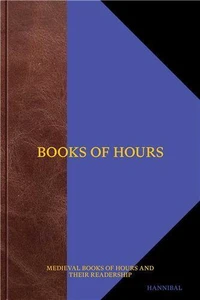In the late Middle Ages, the time of Charles the Bold and Hans Memling, Bruges was a metropolis of books. One of the central figures in the international book trade was Colard Mansion (active from 1457 to 1484). Initially, in addition to being a valued translator, Mansion was primarily a highly sought-after copyist of luxury manuscripts, but when the art of printing made its entrée in Europe in 1455, he saw his chance and became one of the first in the Low Countries to specialise in the new medium of printed books.
In no time, he became one of the most important book entrepreneurs in Bruges and environs. In this book, manuscripts, illuminated incunabula and rare prints bring Mansion's innovative book business back to life. Nearly fifty specialists from around the world offer unique insights into Mansion's life, many aspects of which are shrouded in mystery. Among other things they describe the gradual transition from manuscript to print, explain workshop practices and publishers' strategies, and provide contextual information about late-medieval printmaking and the creation of an impressive oeuvre of literary editions in the vernacular.
Mansion developed a brand that remained solid for centuries. This book holds the key to understanding why.
In the late Middle Ages, the time of Charles the Bold and Hans Memling, Bruges was a metropolis of books. One of the central figures in the international book trade was Colard Mansion (active from 1457 to 1484). Initially, in addition to being a valued translator, Mansion was primarily a highly sought-after copyist of luxury manuscripts, but when the art of printing made its entrée in Europe in 1455, he saw his chance and became one of the first in the Low Countries to specialise in the new medium of printed books.
In no time, he became one of the most important book entrepreneurs in Bruges and environs. In this book, manuscripts, illuminated incunabula and rare prints bring Mansion's innovative book business back to life. Nearly fifty specialists from around the world offer unique insights into Mansion's life, many aspects of which are shrouded in mystery. Among other things they describe the gradual transition from manuscript to print, explain workshop practices and publishers' strategies, and provide contextual information about late-medieval printmaking and the creation of an impressive oeuvre of literary editions in the vernacular.
Mansion developed a brand that remained solid for centuries. This book holds the key to understanding why.
